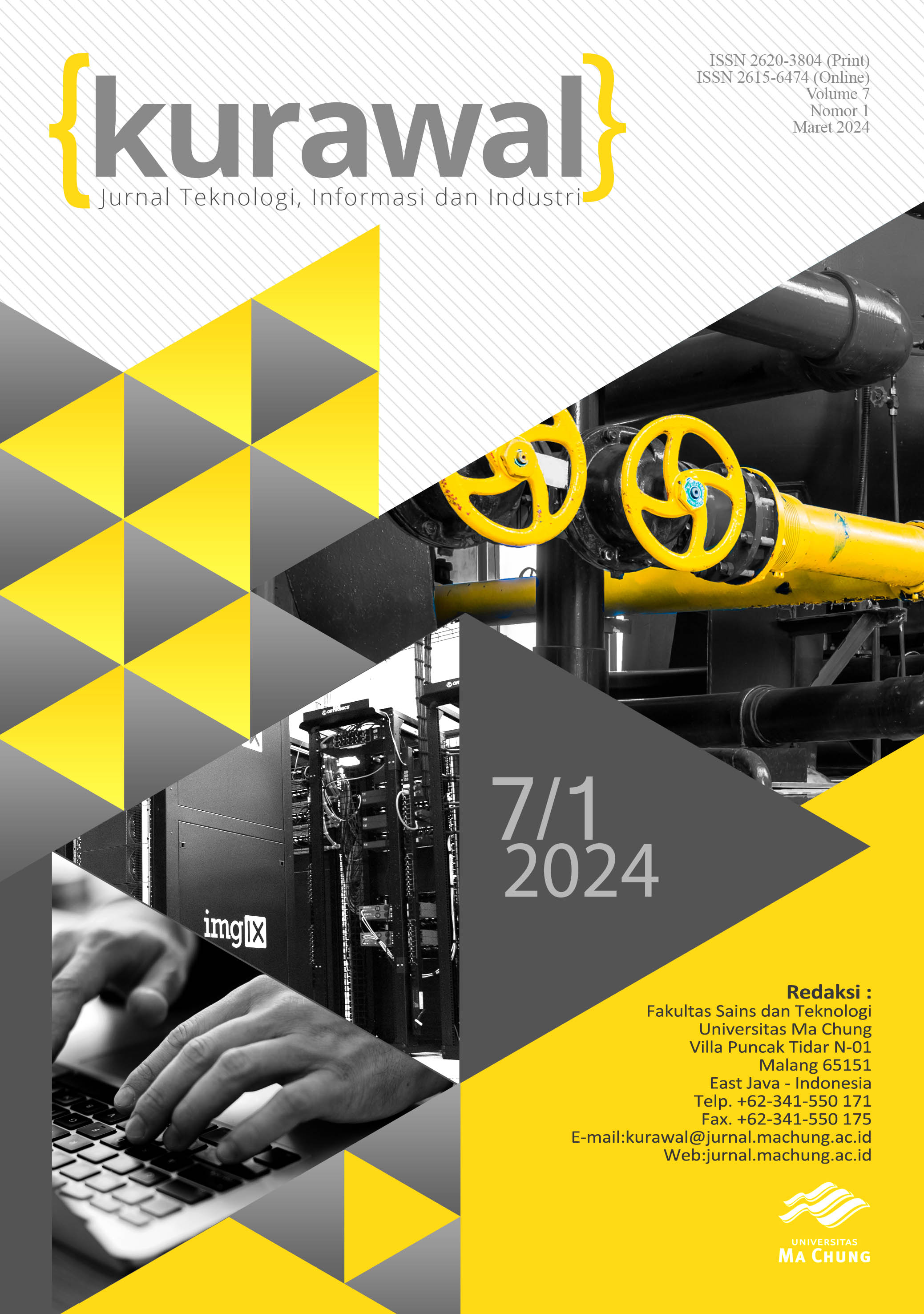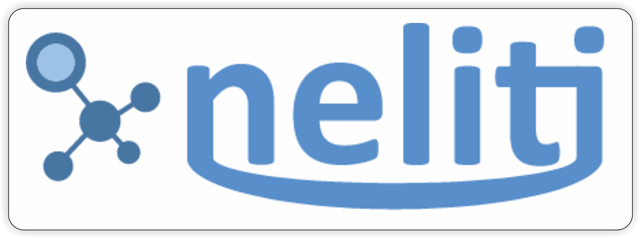PERENCANAAN DAN ANALISIS KEBUTUHAN PENGGUNA DALAM PENGEMBANGAN SISTEM INFORMASI HUBUNGAN PELANGGAN
A CASE STUDY IN A FINANCIAL SERVICES COMPANY
Abstract
This study aims to plan and analyze the development of a Customer Relationship Management (CRM) system at PT XYZ, a company in the financial services sector. Facing increasing competition, PT XYZ requires a structured CRM system to enhance operational efficiency, customer relationship management, and support pemasaran and sales activities. This study employs the System Development Life Cycle (SDLC) approach, focusing on the initial two phases: planning and analysis. Data was collected through interviews, observations, and literature studies to formulate the vision and mission, as well as to identify the functional and non-functional requirements of the system. The results indicate that by establishing a clear vision and mission and comprehensively identifying user needs, the planned CRM system can effectively address the operational challenges of PT XYZ. The key features identified include contact management, complaint handling, knowledge support, and pemasaran campaign management. These findings provide a crucial foundation for progressing to the design and implementation phases, with the expectation of improving company performance and strengthening competitive advantage in the market. The study concludes that systematic planning and analysis are critical steps in the development of an effective information system.
Downloads
References
[2] O. Mack, M. C. Mayo, and A. Khare, "A strategic approach for successful CRM: A European perspective," Problems and Perspectives in Management, no. 2, pp. 98-106, 2005.
[3] H. S. Kim and Y. G. Kim, "A CRM performance measurement framework: Its development process and application," Industrial Marketing Management, vol. 38, no. 4, pp. 477-489, 2009.
[4] S. Y. Hung, W. H. Hung, C. A. Tsai, and S. C. Jiang, "Critical factors of hospital adoption on CRM system: Organizational and information system perspectives," Decision Support Systems, vol. 48, no. 4, pp. 592-603, 2010.
[5] P. Raman, C. M. Wittmann, and N. A. Rauseo, "Leveraging CRM for sales: the role of organizational capabilities in successful CRM implementation," Journal of Personal Selling & Sales Management, vol. 26, no. 1, pp. 39-53, 2006.
[6] Ž. Stojkić, I. Veža, and I. Bošnjak, "A concept of Information System Implementation (CRM and ERP) Within Industry 4.0," in Proceedings of the 26th DAAAM International Symposium, pp. 912-919, 2016.
[7] P. Manurung and S. Sembiring, "E-crm Information System for Tapis Lampung SMEs," Journal of Physics: Conference Series, vol. 1338, no. 1, p. 012051, Oct. 2019.
[8] E. C. Ku, "The impact of customer relationship management through implementation of information systems," Total Quality Management, vol. 21, no. 11, pp. 1085-1102, 2010.
[9] F. S. Andrian and N. K. Putrianto, "Problem Analysis in Sub-Assembly Department Using Empathize Design Thinking and Failure Mode Effects Analysis: A Case Study of PT X," Jurnal Sains dan Aplikasi Keilmuan Teknik Industri (SAKTI), vol. 3, no. 1, pp. 13-22, 2023.
[10] M. Pribadi, N. K. Putrianto, and P. Purnomo, "Designing a Macro-VBA Excel-based Kit List Printing Application for the Supporting Department of PT XYZ," Jurnal Sains dan Aplikasi Keilmuan Teknik Industri (SAKTI), vol. 3, no. 1, pp. 59-66, 2023.

Open Access Policy
This is an open-access journal which means that all content is freely available without charge to the users or their institution. Users are allowed to read, download, copy, distribute, print, search, or link to the full texts of the articles, or use them for any other lawful purpose, without asking prior permission from the publisher or the author. This is in accordance with the BOAI definition of open access.
This work is licensed under Creative Commons Attribution-ShareAlike 4.0 International



















